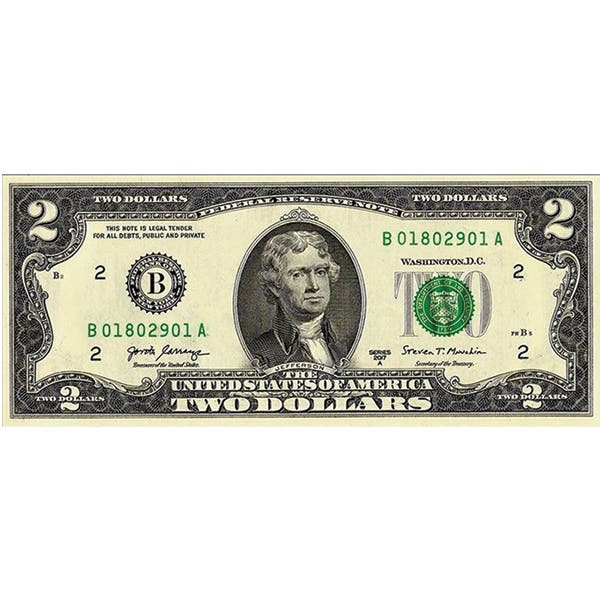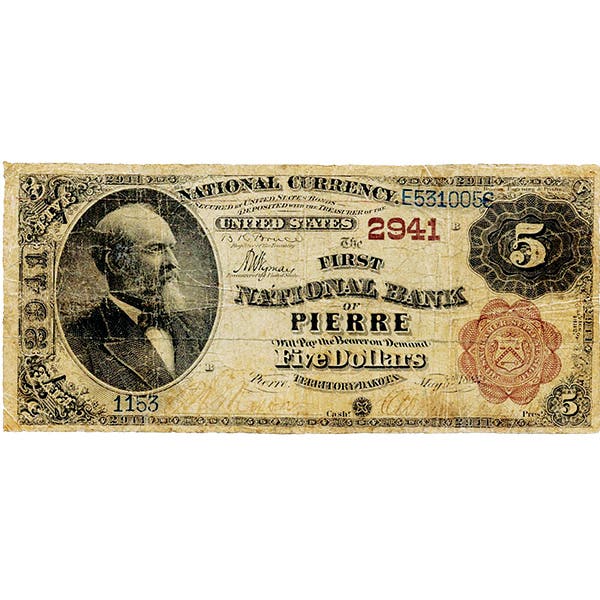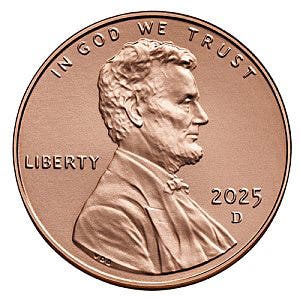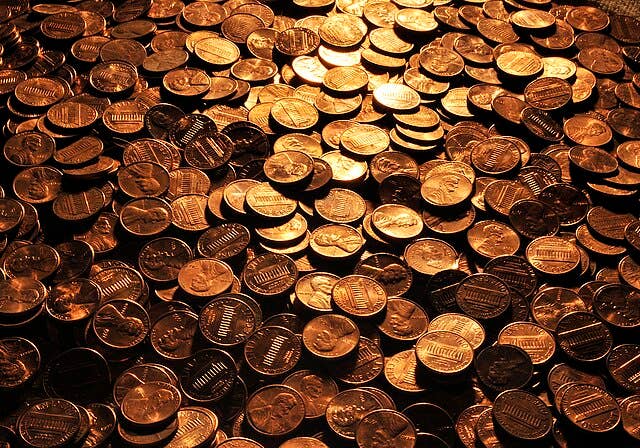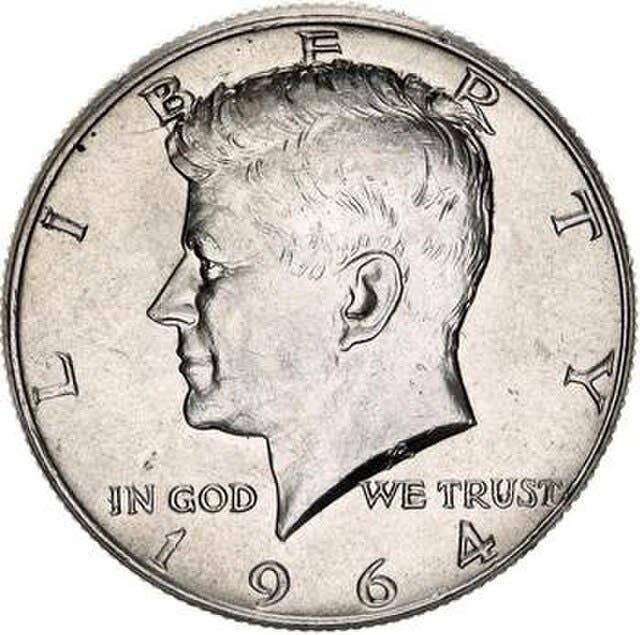Community Voice Responses (December 4, 2018)
From the Nov. 9 Numismatic News E-Newsletter: Is collecting Standing Liberty quarters mandatory for successful hobbyists? Here are some answers sent from our e-newsletter readers to Editor Dave Harper. No,…
From the Nov. 9 Numismatic News E-Newsletter:
Is collecting Standing Liberty quarters mandatory for successful hobbyists?
Here are some answers sent from our e-newsletter readers to Editor Dave Harper.
No, not at all. The design is considered to be a classic in the United States series, but you can understand the history of the era and the U.S. coinage and monetary systems of the 1920s without owning a single one of these coins.
If you are somehow pressed to own one of these, why not buy a 2016 gold?
Robert Olson
Springfield, Ill.
I’ve always loved the Standing Liberty quarters. I remember getting an occasional one in change in the late 1960s, dateless of course. I have a modest collection of them, and the 1925 to 1930 are still affordable. The newer dates are nice strikes as well. Just beautiful in Extra Fine or AU!
Tom Squires
Staten Island, N.Y.
The 1916 Type I quarter was the first expensive coin I bought for my collection! It was probably in XF condition, but I need to dig it out of the bank box to check after you reminded me of it.
Frank White
Wellsville, Kan.
NO! No coin type or series should ever be mandatory for anyone collecting numismatics to be successful. A successful hobbyist is one who enjoys their collection without the restriction of someone else’s idea of what they should or should not collect. Collect what you like and like what you collect!
Scott Barman
Rockville, Md.
I honestly don’t think so. Standing Liberty quarters are highly affordable (aside from a few dates and mintmarks). However, to some young collectors with busy families, it may prove hard. We have the Raleigh Coin Show every few months here. The SLQ design is hard to find in coin rolls due to them being quarters. Anyone who has hunted quarters knows how hard it is to find a single 1964 Washington. Sure, they may prove to be good beginner coins. However, one should care more about their design and history.
Name withheld
Absolutely not. Coin collecting is a hobby without a list of requirements. You collect what you want, what you can afford, what makes you happy. Otherwise, it becomes a job, and that’s no fun.
Gary Canupp
Address withheld
Mandatory? No. But Standing Liberty quarters are great and fun coins to collect with lots of history. I recently came across a Freemason’s hoard of coins of all types in an estate sale at a New England lake house that were counterstamped with the Masonic symbol of the square and compass. Among those coins was a collection of Standing Liberty quarters with the Masonic symbol stamped to the right of Lady Liberty. Also in that collection were hoards of Wheat cents, V nickels, Franklin halves, tokens, and a couple of Spanish reales from the 1700s. My estimation is that the collection had been assembled over the last 80-100 years, as some of the invoices that were in the albums and storage boxes dated that far back.
Robert Matitia
Address withheld
Yes, there can, and there is a market for this series. For those that can afford the full set, yes! For those that can afford a once-every-ten-year piece, more power to them. Even in the grade of EF or better, the second way is just as good.
Gary Kess
Sherman, Texas
The question you pose kinda got me to thinking. I have to say that as for Standing Liberty quarters, I’m pretty ambivalent to them. To be honest, I own several – but the only ones I’ve purchased or traded for came as “junk silver” from my local coin shop, not as an aspiration to collect that coin. I own a bunch more of the Standing Liberty, which came to me via my father, from my great uncle’s collection. I’ve supposed he may have pulled those from circulation back in the day. Or maybe he followed your line of thinking and felt it an important coin to collect. Anyway, I inherited those Standing Liberty quarters some years back, and they’ve been mostly (metaphorically) collecting dust. I have no passion for them. I suppose because of some vague sense of sentimentalism, I’ve never parted with them. But honestly, they aren’t my area of coin collecting interest. As a collector, I’m more into bust coinage, or seated liberty coins – I really appreciate the history and stories behind the classic coinage of 19th century. I admit I do also have a sweet spot for moderns from the pre-state quarter period – the coins I first fell in love with as a budding young collector back in the 80’s. Man, I loved the Kenndey halfs and bicentennial quarters back then!
Anyway, back to your original question… I guess for me I would lump the Standing Liberty quarter together with other 20th century favorites as the Mercury dime, Franklin halves, Indian Head cents, and even the Barber coinage. To me (and I don’t mean this disrespectfully), they are the coins of the “old guard” of coin collecting, the coins of that older generation of collectors who are sadly aging out of the hobby. Those are the coins of my great uncle’s generation, and my father’s generation. They lived with those coins. They knew those coins. Those coins told the story of their lives. But sadly, it’s not there for me. They were never MY coins.
But I guess that’s why collecting is so great. Everyone can create their own collection and have it be meaningful and relevant to them.
Matthew Kable
Visalia, Calif.
There are no set standards to collecting other than appeal to the collector and ability to collect.
But if you profess to collect quarter dollars of these United States, you best have some Standing Liberty types in that mix.
Wesley Ellis
Portland, Ore.
This article was originally printed in Numismatic News. >> Subscribe today.
If you like what you've read here, we invite you to visit our online bookstore to learn more about Coins Magazine.
NumismaticNews.net is a participant in the Amazon Services LLC Associates Program, an affiliate advertising program designed to provide a means for sites to earn advertising fees by advertising and linking to Amazon.com and affiliated websites.




